The creators of blue ocean use value innovation to make competition irrelevant by creating a leap in value for buyers and their company which opens up new and uncontested market space.
- Value without innovation – focuses on value creation on incremental scale. Improves value but insufficient to stand out in market place.
- Innovation without value – technology driven , market pioneering or futuristic which are sometimes beyond what buyers are ready to accept and pay for.
- Value innovation – requires companies to orient the whole system toward achieving leap in value for both buyers and themselves where innovation is aligned with utility, price and cost positions.



 Your new post is loading...
Your new post is loading...


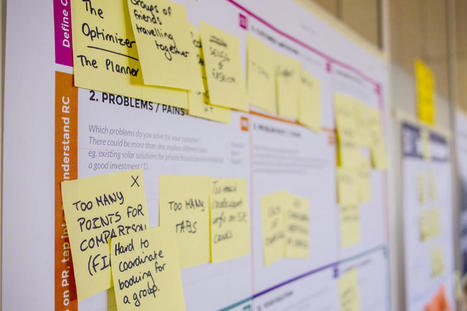

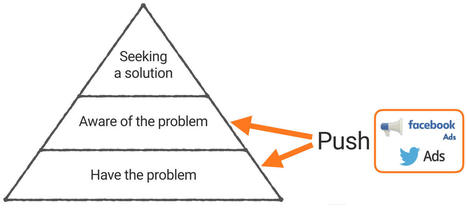
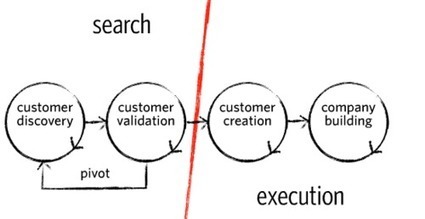

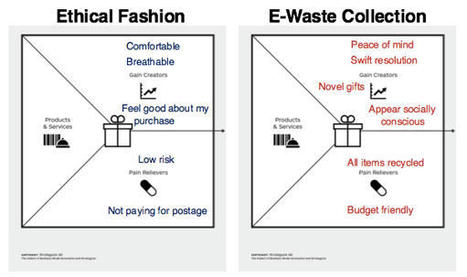
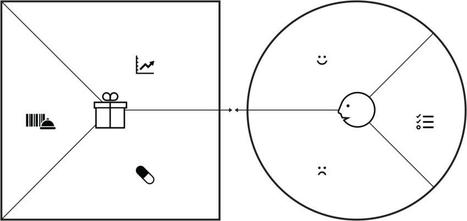


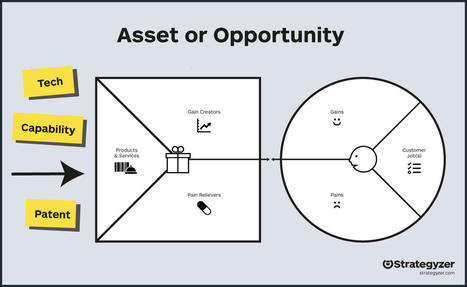

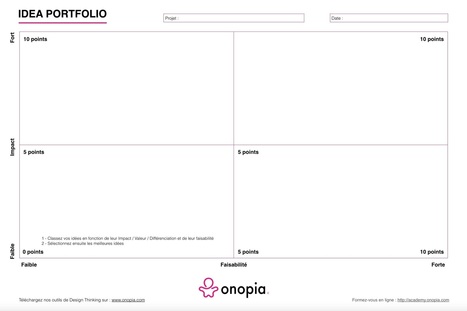
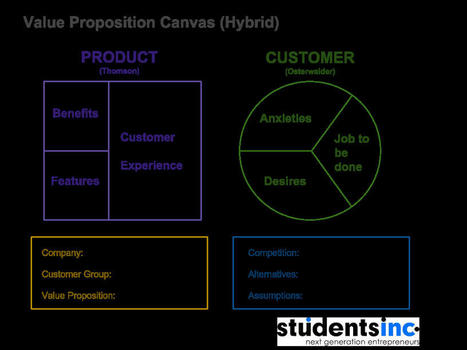
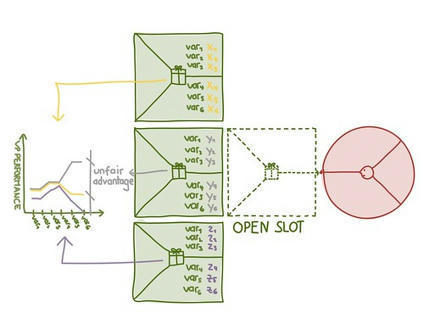



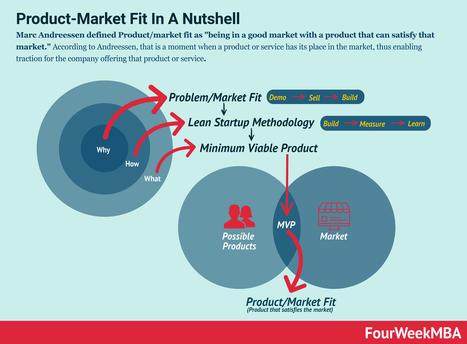
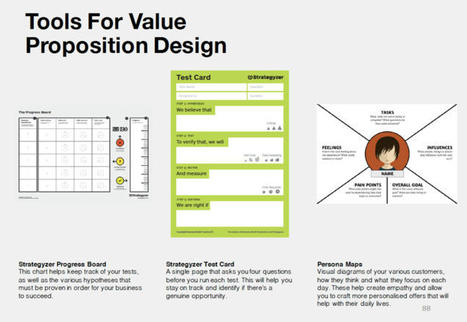
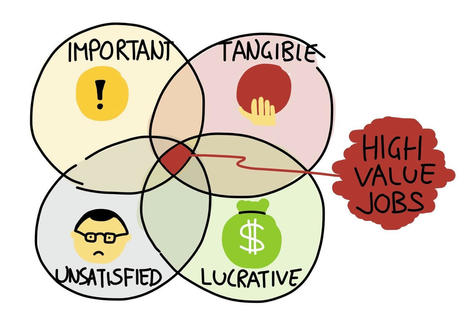
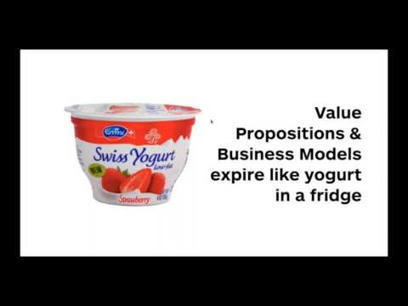
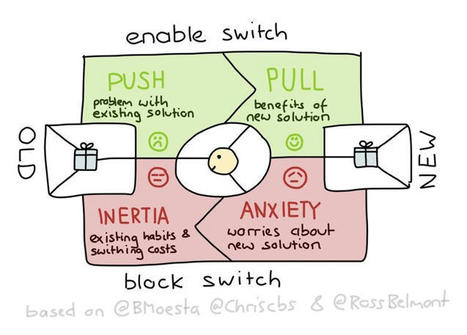
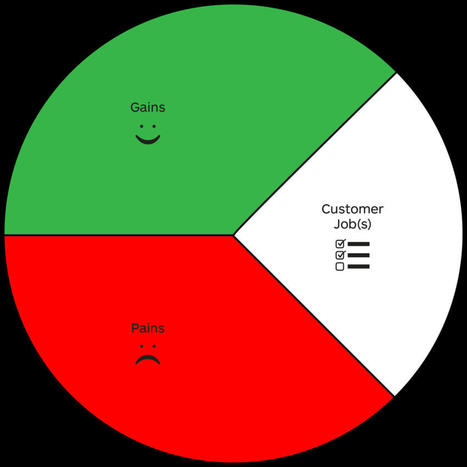






Blue Ocean Tools you can use (red = most useful):
Value Innovation
Six Paths
Strategy Canvas
4 Actions Framework
Sequence
of BOS
Tipping Point Leadership
ERRC Grid
PMS Map
BEC/BUM
3 Tiers of Noncustomers
4 Hurdles to Execution
Fair Process